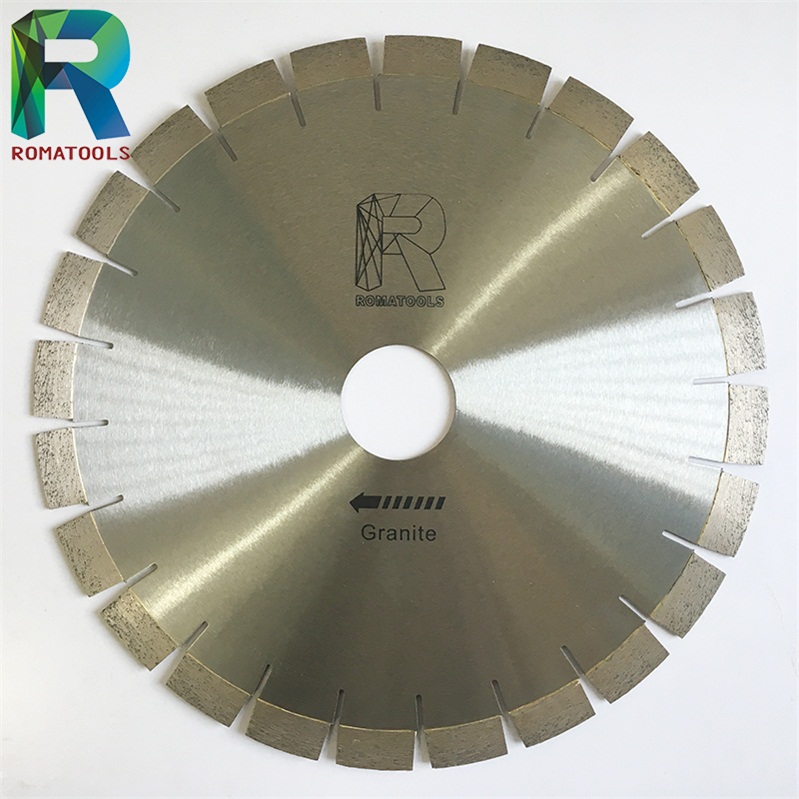
Views: 5338 Author: Publish Time:2017-10-16 16:02:13 Origin: Roma Diamond Tools
How to improve the life of diamond saw blades?
Diamond saw blade is an indispensable tool for stone cutting and processing. The factors that determine its efficiency and life are multifaceted. In general, the following parameters are mainly included.

1st, Cutting Parameters
2nd, other factors